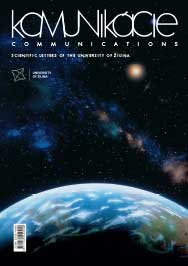Surface and Subsurface Residual Stresses after Machining and their Analysis by X-Ray Diffraction
Surface and Subsurface Residual Stresses after Machining and their Analysis by X-Ray Diffraction
Author(s): Andrej Czan, Eva Tillova, Jan Semcer, Jozef PilcSubject(s): Business Economy / Management, Methodology and research technology
Published by: Žilinská univerzita v Žilině
Keywords: Surface; residual stresses; X-ray diffraction; machining;
Summary/Abstract: Process specifications and working procedures widely used by the aerospace and automotive industries require surface analysis by machining and specify the process parameters such as type, destructive measuring or simulations. Destructive measuring or simulation carried out in order to optimise and later to verify the process parameters are a very indirect way of measurement. While they are performed on simulation only similar in composition and elastic properties to that of the actual part to be machined, they almost never match all the important conditions of the process such as the shape of the real part or the residual stress prior to the treatment. Consequently the residual stresses and their depth distribution after the machining may differ very significantly from those required by the technologist. The only reliable way to verify that the operation has produced the desired effect is to actually measure the stresses in the machined component.
Journal: Komunikácie - vedecké listy Žilinskej univerzity v Žiline
- Issue Year: 15/2013
- Issue No: 2
- Page Range: 69-76
- Page Count: 8
- Language: English

